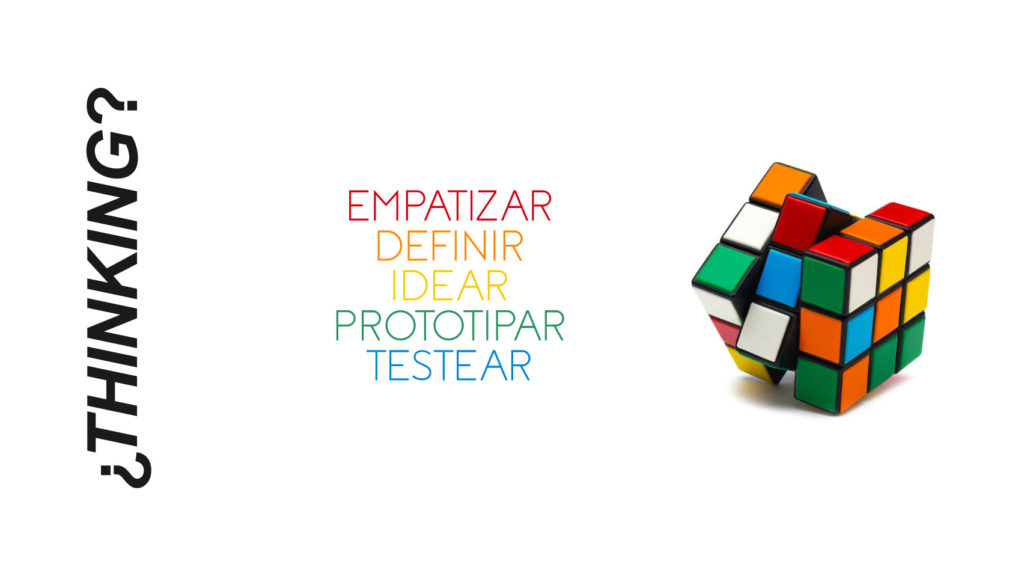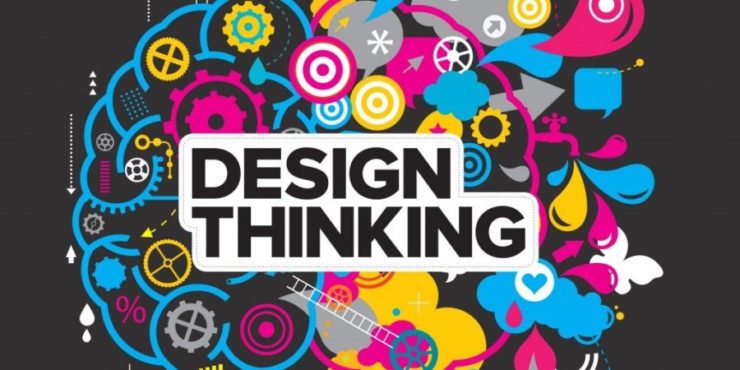The “design thinking” has become a concept that increasingly becomes more important in the business world taking into account that it goes beyond the creation of products can also be applied to services or processes and also considering the obvious needs that have companies to differentiate themselves in increasingly competitive markets.
Thus, this has become consolidated as a whole philosophy mainly under the figure of Tim Brown, a professor at the engineering school of Stanford University and CEO of the IDEO consultant who has become one of its greatest exponents since 2008 when For the first time an article appeared in a magazine in which he spoke on the subject.
Since then they have been able to define more clearly and precisely the main aspects to take into account within the “design thinking” as well as the method to be followed by companies to apply regardless of the industry in which they are. In the following video you can find a brief talk in which Tim Brown points out some of the main aspects of design thinking and how to apply it.
It has become a very useful tool focused on promoting innovation in companies in an effective and successful way. This is because, thanks to its application, significant benefits are generated in the design of solutions, allowing companies to obtain better results in their commercialization.
Thus, “design thinking” is presented as a methodology to develop innovation focused on people, offering a lens through which one can observe challenges, detect needs and, finally, solve them. In other words, “design thinking” is an approach that uses the sensitivity of the designer and his method of solving problems to meet the needs of people in a way that is technologically feasible and commercially viable.

Design Thinking in practice
Far from being an abstract concept, the “design thinking” raises a clear methodology that can be easily implemented as the name suggests, focuses on the design process, leaving the final product in the background, and integrates approaches from different fields through the participation of multidisciplinary teams that seek to implement it from the 5 steps defined below:
- Empathize
Unlike traditional techniques that use market research, focus groups, statistics and other practices that are a bit more orthodox, design thinking is the primary source of information for people and what they experience in relation to a specific topic. directly related to our product, service or business operation. For this reason, it is not enough to simply inquire into this group that is a research subject in an environment that may be strange (as it happens, for example, in the case of focus groups). Beyond that, it is necessary to experience first hand what they live within their own environment so that they can better understand their needs, problems and desires.
- Define the problem
We have to put ourselves in the shoes of the people for whom we are trying to solve the problem or need, the idea will be to determine what are the areas of opportunity (as long as they exist and are significant).
Afterwards, it will be necessary to specify which ones or which are those problems or challenges that should be tried and that will lead us to look for an innovative solution.
- Devise possible solutions
Given that interdisciplinarity plays an important role within “design thinking”, the contribution of different ideas and perspectives is crucial to find innovative solutions to the problems that were raised in the previous step.
Even if some ideas may sound crazy and even seem absurd, the key at this stage is to encourage participation and to recognize all points of view as valid without people feeling intimidated. We must bear in mind that many times the solution to a problem can come from where it is least expected, and usually the most extravagant ideas are those capable of creating the most radical and innovative solutions.
- Prototype models
At this point the idea is to design the solution and make it tangible, either with a physical or digital prototype.
Regardless of whether it is a product, service or process, try to represent it either with the use of advanced technology (such as through specialized software or 3D printers), or perhaps in a more rudimentary way (using models or even elements such as paper, cardboard or plasticine), this will help us to be able to carry out the next step in addition to being able to make gradual adjustments to the prototype in case it is required without incurring too many costs within the improvement process.
- Evaluate and test prototypes
Finally we reach the stage in which the user will be able to interact with the prototype and in which we can obtain feedback from him to make improvements that help us to improve it. Nevertheless; taking into account that at this stage we could find that we have even made a bad definition of the problem by presenting a prototype that fails to satisfy the user even to a minimum degree, we must consider this process as repetitive, depending on the evaluation that the user of this representation does, we must return one or several steps back several times until we find the expected result and perfect the model enough to make it a reality and introduce it to the market. This in case we were talking about the launch of a new product or service (although also the desing thinking can be applied to a process or improvement within a company).
Application of “design thinking” in innovative projects
The “design thinking” can be applied in different areas and situations. This methodology can be applied both in the design of interfaces and in the generation of marketing strategies and general business planning.
To apply the methodology, it is only necessary to have materials for the collection and development of ideas. A multidisciplinary team willing to actively participate and a large space in which they can carry out the activities is also needed.
Finally, it is essential to have a curious and observant attitude, keeping an open mind to new options. Through the exercises of “design thinking”, professionals can put themselves in the place of users and use all their creativity to create customized solutions.
Some famous results achieved by big corporations (like P & G – probably the first big global corporation that decided to take a step forward to incorporate “design thinking” in its culture – HP, GE or Coca-Cola) as well as by companies not so big (like OXO, in the United States, or Lékué, in Spain, OCBC Bank in Singapore or the Deutsche Bank in Germany).
I WOULD LIKE YOU TO COMMENT THE ARTICLE IF YOU WERE INTERESTING
